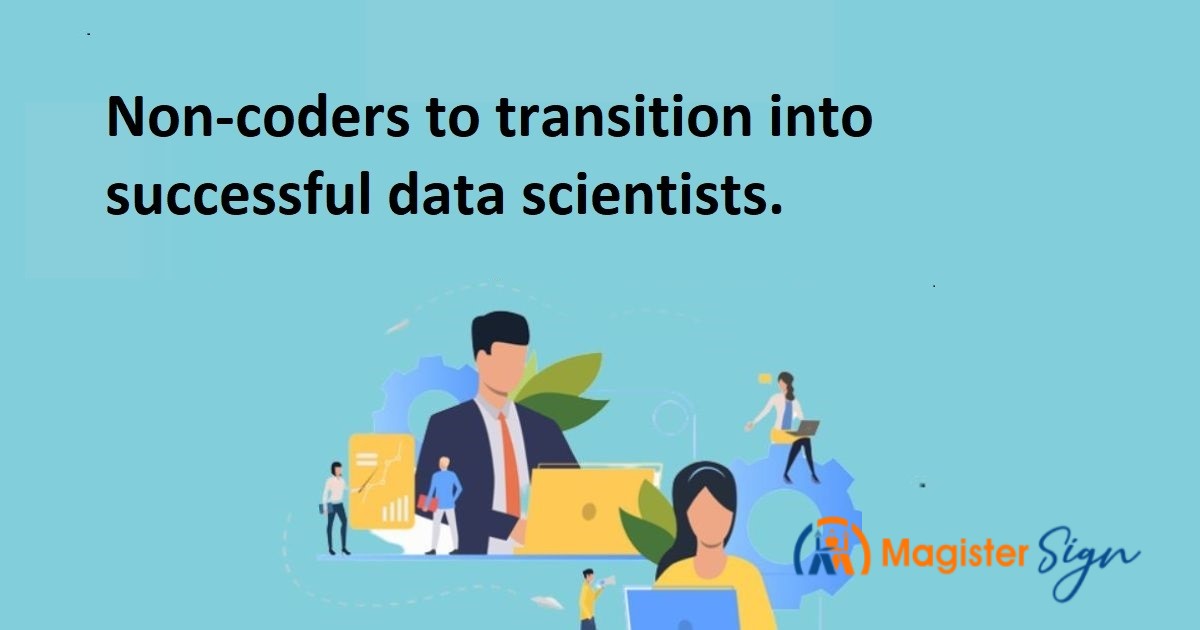Introduction
Entering the field of data science without a coding background might seem daunting, but with the right approach, it’s entirely feasible. In this guide, we’ll outline a step-by-step path for non-coders to transition into successful data scientists.
- Embrace the Basics:
- Start with fundamental concepts of data science, such as statistics, probability, and mathematics.
- Familiarize yourself with key terminology and principles to build a solid foundation for your journey.
- Learn Coding Essentials:
- Begin with user-friendly languages like Python or R, which are widely used in data science.
- Utilize online resources, tutorials, and interactive platforms to learn coding at your own pace.
- Focus on practical applications and projects to reinforce your learning and understanding.
- Master Data Manipulation and Analysis:
- Dive into libraries like Pandas (Python) or dplyr (R) for data manipulation tasks.
- Practice data cleaning, preprocessing, and exploratory data analysis to extract valuable insights.
- Explore Machine Learning Algorithms:
- Gain an understanding of machine learning concepts and algorithms, including supervised, unsupervised, and reinforcement learning.
- Experiment with popular libraries like Scikit-learn (Python) or caret (R) to implement machine learning models.
- Leverage Visualization Techniques:
- Learn data visualization tools such as Matplotlib, Seaborn, or ggplot2 to create compelling visualizations.
- Master the art of storytelling through data visualization to communicate insights effectively.
- Build a Strong Portfolio:
- Showcase your skills and projects on platforms like GitHub or Kaggle to demonstrate your proficiency to potential employers.
- Develop real-world projects, such as predictive modeling or data analysis, to highlight your capabilities.
- Network and Stay Updated:
- Engage with the data science community through forums, meetups, and online groups to expand your network.
- Stay updated with the latest trends, techniques, and technologies in data science through blogs, conferences, and workshops.
- Pursue Continuous Learning:
- Embrace a growth mindset and continuously seek opportunities to enhance your skills and knowledge.
- Consider enrolling in online courses, bootcamps, or pursuing advanced degrees to deepen your expertise.
Conclusion
Transitioning into data science from a non-coding background requires dedication, perseverance, and continuous learning. By following these steps and staying committed to your goals, you can embark on a rewarding journey towards becoming a successful data scientist.

